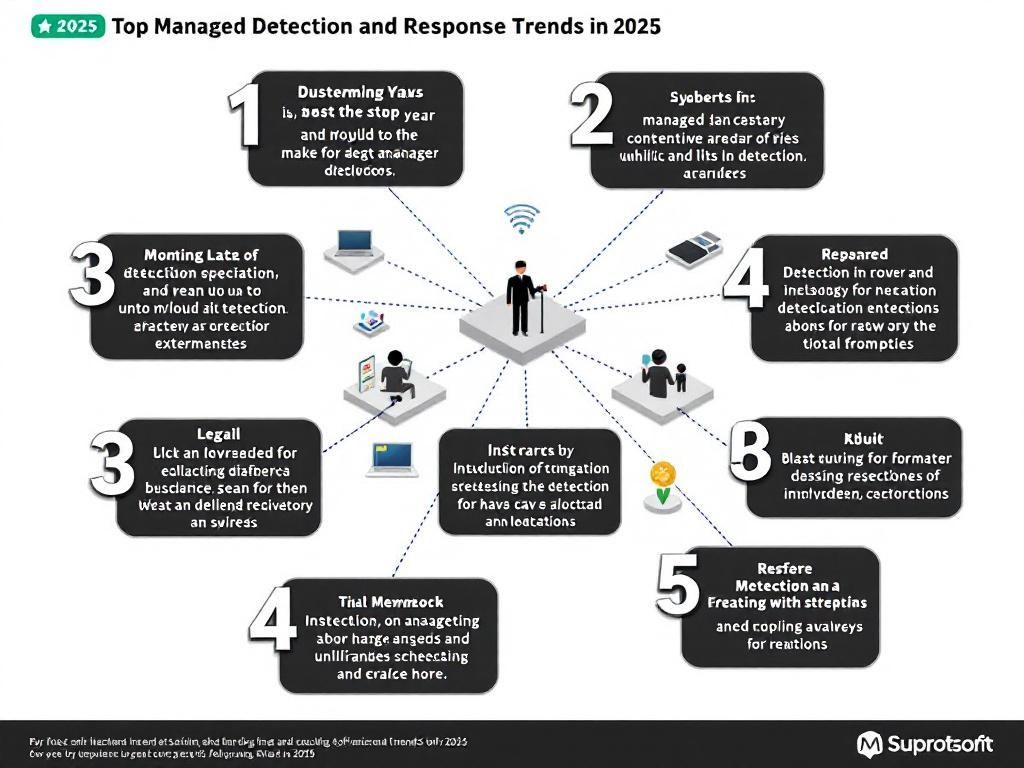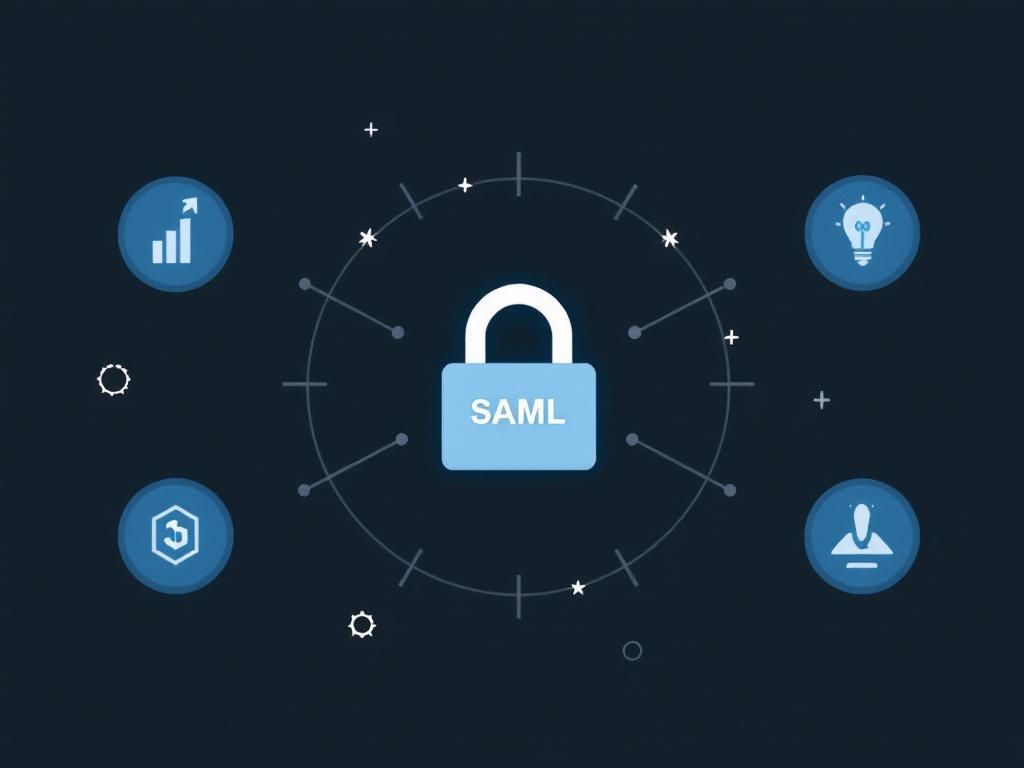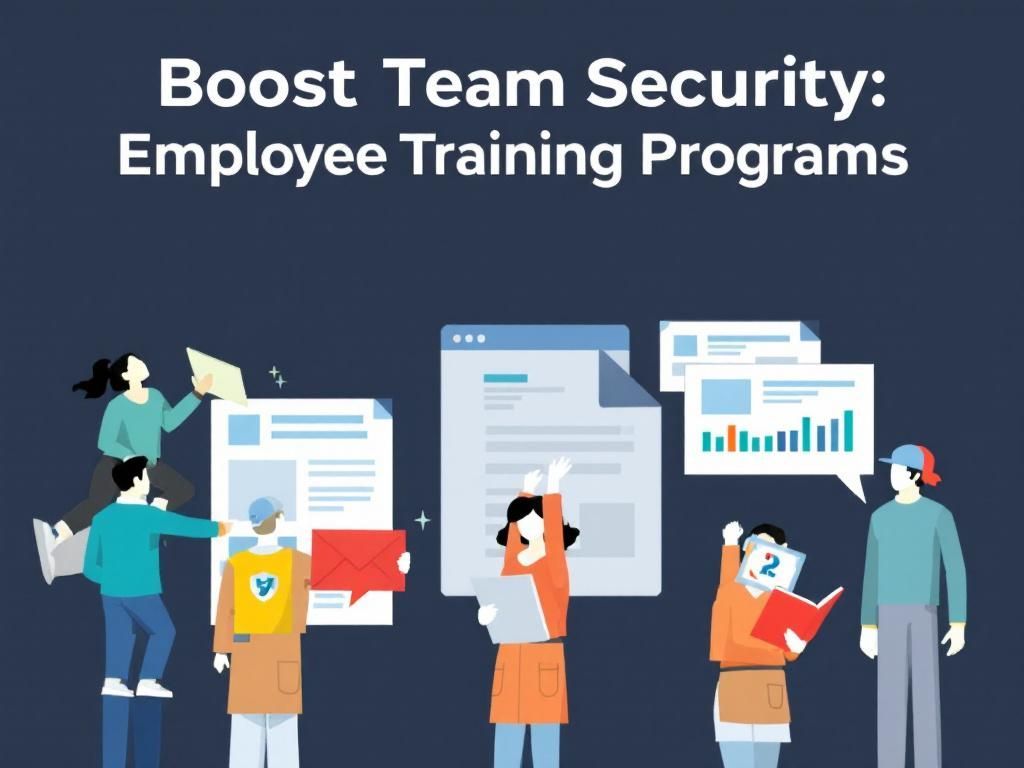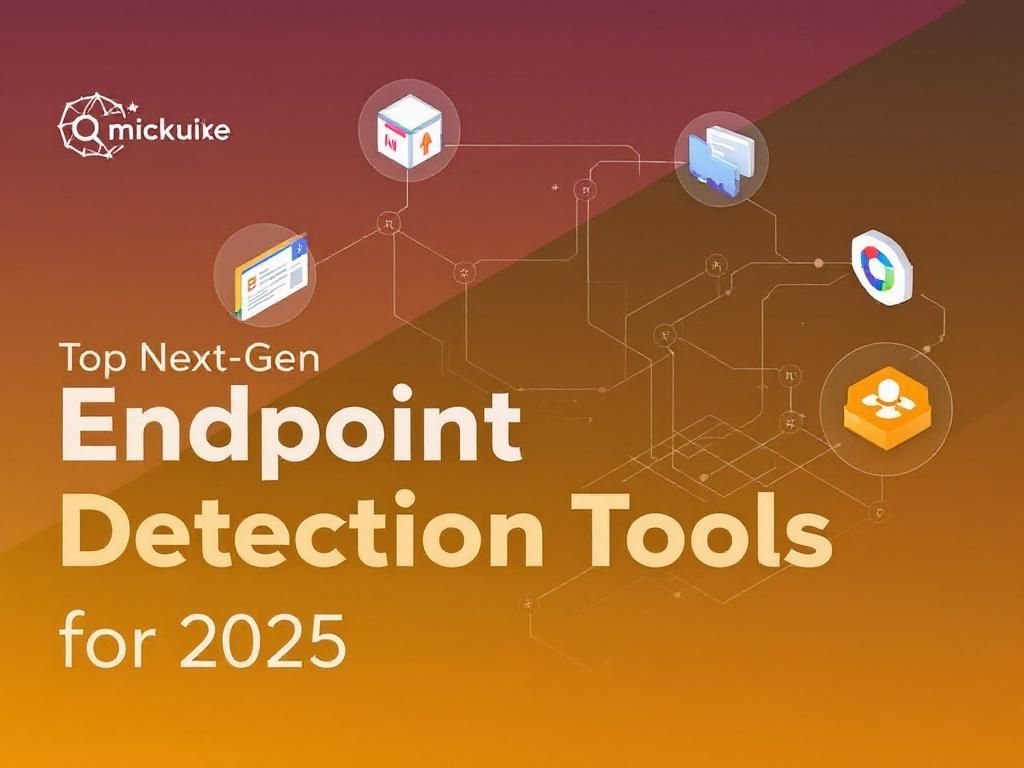Top Managed Detection Strategies for Cybersecurity 2025
Explore the leading managed detection strategies for enhancing cybersecurity in 2025. Stay ahead of threats with cutting-edge solutions and best practices.
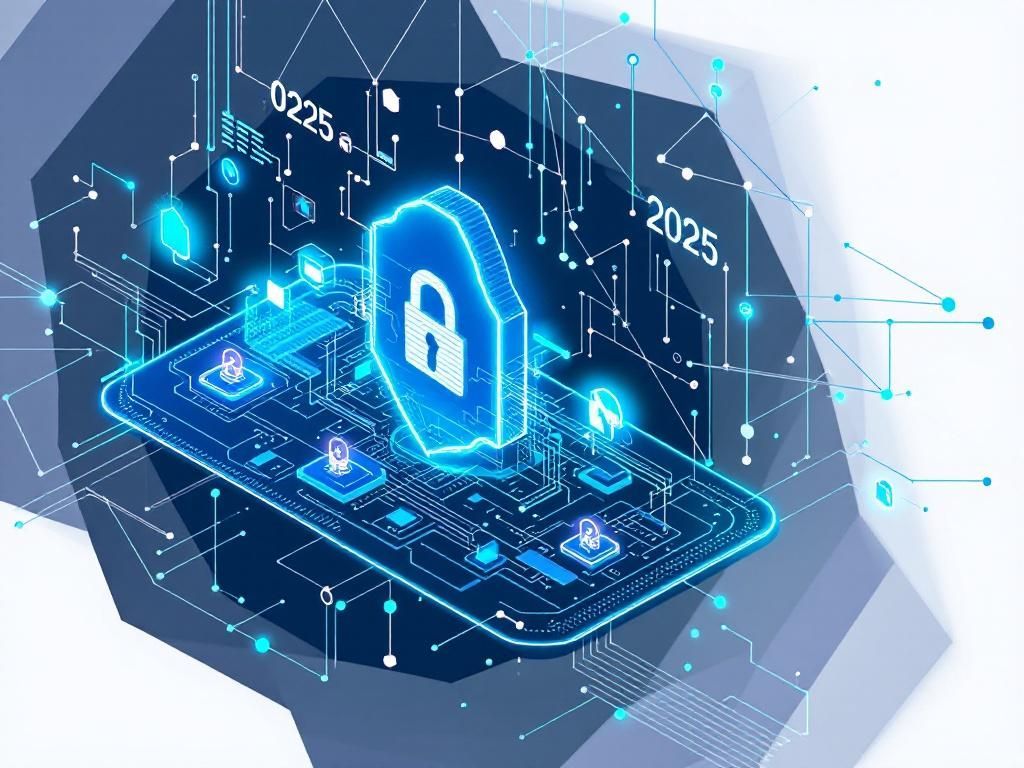
As the digital landscape evolves, so too does the battlefield for cybersecurity. Organizations face increasingly sophisticated threats that challenge their defenses daily. In this context, managed detection strategies become crucial in not just responding to incidents but also proactively anticipating and neutralizing them before they result in significant damage. This article delves into the top managed detection strategies for 2025, emphasizing innovative technologies, processes, and human expertise that can bolster an organization’s security posture.
Table of Contents
The Importance of Managed Detection
With cyber attacks on the rise, the necessity of a strong managed detection strategy cannot be overstated. Organizations must prioritize:
- Threat Identification: The ability to recognize potential vulnerabilities and threats in real-time.
- Rapid Response: Ensuring swift actions are taken to mitigate attacks, reducing the impact on business operations.
- Continuous Monitoring: Keeping an eye on networks and systems 24/7 to detect anomalies.
These elements are vital in transitioning from a reactive to a proactive cybersecurity posture, enabling firms to stay ahead of threats.
Key Strategies for 2025
As we approach 2025, several strategies are emerging as best practices in managed detection. Here are the top approaches that organizations should consider integrating into their cybersecurity frameworks:
1. AI and Machine Learning Integration
Artificial Intelligence (AI) and Machine Learning (ML) are revolutionizing the way threats are detected and addressed. These technologies enable systems to learn from historical data, improving their ability to recognize patterns indicative of malicious activity. Key benefits include:
- Predictive Analytics: Anticipating potential attacks based on past behavior.
- Automated Threat Intelligence: Leveraging vast datasets to enhance detection capabilities.
2. Enhanced Threat Intelligence Sharing
Fostering a culture of collaboration among organizations can significantly enhance threat intelligence. By sharing insights about emerging threats, organizations can:
- Improve their understanding of threat landscapes.
- Reduce the time taken to identify and respond to incidents.
Participating in information-sharing platforms can amplify these benefits.
3. Security Automation and Orchestration
Automation in security operations can lead to increased efficiency and reduced human error. By orchestrating security tools, organizations can:
| Aspect | Benefit |
|---|---|
| Faster Incident Response | Automation allows for quicker containment of breaches. |
| Resource Allocation | Freeing up human resources to focus on strategic tasks. |
4. Advanced Endpoint Detection and Response (EDR)
Endpoints are often the first line of defense against cyber threats. Advanced EDR solutions enable:
- Comprehensive Monitoring: Continuous visibility into endpoint activities.
- Behavioral Analysis: Detecting suspicious behavior that may not align with normal user activity.
5. Cloud Security Posture Management (CSPM)
As more organizations move to the cloud, CSPM becomes essential for ensuring the security of cloud environments. CSPM tools can:
- Identify misconfigurations that could lead to security vulnerabilities.
- Automate compliance checks to adhere to regulations.
The Human Element
While technology is vital, the human element of cybersecurity remains irreplaceable. Having a skilled cybersecurity team can:
- Provide ongoing training and awareness programs for employees.
- Conduct regular incident response exercises to prepare for real-world scenarios.
Investing in human capital is just as important as investing in technology.
Conclusion
As we look toward the future, the importance of robust managed detection strategies in cybersecurity cannot be underestimated. By integrating AI and machine learning, fostering threat intelligence sharing, and emphasizing the human factor, organizations can significantly enhance their security posture. Embracing these strategies will not only help mitigate risks but also build resilience against the unpredictable nature of cyber threats. As we move into 2025 and beyond, the emphasis on proactive managed detection will be key to safeguarding sensitive data and maintaining trust in the increasingly digitized world.
FAQ
What are managed detection strategies in cybersecurity?
Managed detection strategies refer to proactive measures and techniques employed by cybersecurity firms to identify and respond to threats in real-time, ensuring robust protection of critical assets.
Why are managed detection services important for businesses?
Managed detection services are crucial for businesses as they provide 24/7 monitoring and rapid response capabilities, helping to mitigate risks and reduce the impact of cyber attacks.
What are the top managed detection strategies for 2025?
The top managed detection strategies for 2025 include advanced threat intelligence, automated incident response, machine learning for anomaly detection, and multi-layered security frameworks.
How does machine learning enhance managed detection capabilities?
Machine learning enhances managed detection capabilities by analyzing vast amounts of data to identify patterns and anomalies, enabling quicker detection of potential threats.
What role does threat intelligence play in managed detection?
Threat intelligence plays a pivotal role in managed detection by providing insights into emerging threats, allowing organizations to adapt their defenses proactively.
How can businesses choose the right managed detection service provider?
Businesses can choose the right managed detection service provider by evaluating their expertise, technology stack, customer reviews, and the specific services offered to meet their security needs.

